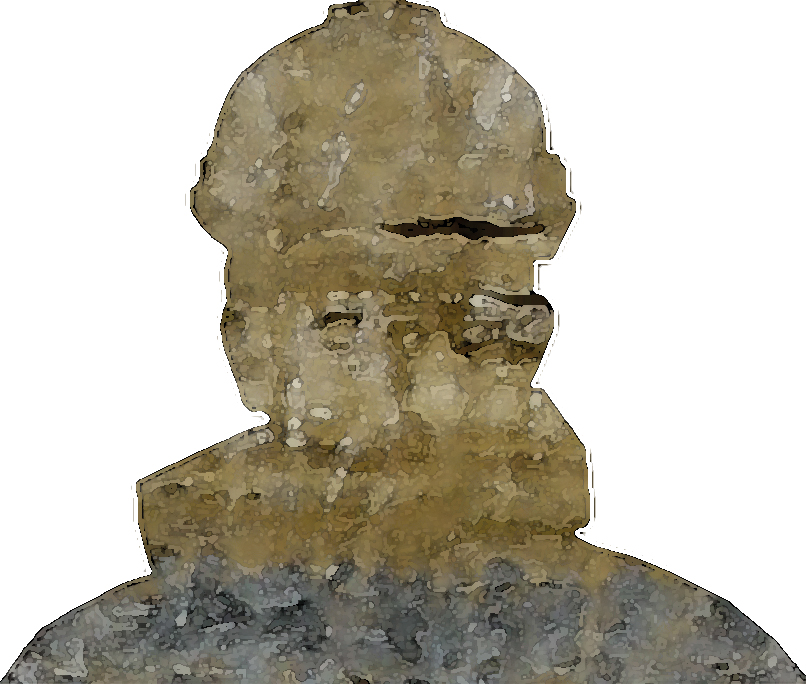Stone Federation Great Britain’s Quarry Forum gives its opinion on issues relating to the stone industry from the point of view of companies that extract dimensional stone from opencast and underground quarries and mines.
When you intend to use stone for a project you should make a visit to the quarry a priority.
Quarries are fascinating places. This may sound a little biased coming from the quarrymen and women of Stone Federation's Quarry Forum, but we are not the only ones who think so. There is an increasing number of architects requesting quarry visits in order to get up close and personal with our materials.
In this column last month we focussed on the importance of viewing range (or control) panels to ensure you have a full understanding of the natural variations that occur in your chosen stone.
These panel assessments can be a part of a quarry visit, as many quarry operators have large scale range samples on display for you to inspect.
Letting customers know the range to expect and deciding in advance what is and is not acceptable from the quarry is vital to effective management of client expectations. As all stone producers so often explain, stone is a natural material with natural variations in appearance. It should be part of its attraction.
As long as this is understood, then the unique aesthetic that natural stone provides can be celebrated and built into the design rather than becoming a cause of tensions between the quarry and the client and architect.
Another benefit of visiting the quarry is that it will enable you to establish the rate the stone can be extracted from the quarry or mine and the quantity of blocks in stock. By comparing this with the stone required and the programme, you can determine whether or not this is the right source of stone for any particular project.
If your requirement for the project is a large percentage of the overall stock or production from the site, then alterations to the programme could have a big impact on the company’s ability to supply the stone. In these circumstances a block pre-purchase should be considered as a prudent contingency.
It is also worth noting the size of the blocks compared with the finished stone sizes required for the project. The finished stone sizes cannot be greater than the quarried block sizes, but if the stone sizes are larger than the average size of the blocks, then fewer blocks will be available for the particular project. This is an issue as some architects like large panels of stone for cladding.
If a particular size of stone has been specified and blocks of that size are not common, this will impact on the amount of block the site produces that can be used for the project.
Again, to ensure there is sufficient block, a block pre-purchase should be considered.
All these issues can be demonstrated to and discussed with an architect or client making a quarry visit.
There is another benefit of quarry visits that is slightly less technical and more about peace of mind – it enables a relationship to be established with the supplier.
Many of the Quarry Forum’s members own quarries that have been in their families for a number of generations, and they are genuinely passionate about the product that they supply.
In an age of click and collect and faceless customer service, the opportunity for architects and client to meet the team that will be quarrying, processing and finishing the material for the project is a bonus and a unique selling point.
Stone Federation works with architectural practices, interior designers and specifiers up and down the country, connecting them with quarries for their projects.
The Federation can help to arrange the quarry visit and can, if required, provide a CPD presentation about choosing stone on site.
Quarry visits provide the AEC Industry (as architecture, engineering and construction is becoming known) with the opportunity to get an in-depth understanding of not just the material, but of the processes, practices and people behind the finished product.
Any architectural practice that would like help arranging a quarry visit should email sara@stonefed.org.uk.

